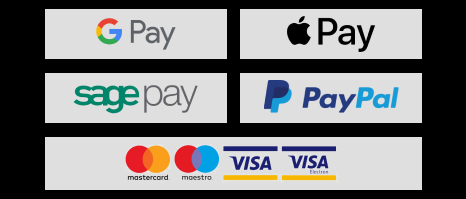Why you should be Colour Calibrating your screen


Have you ever posted an image online for all to see, and it hasn’t quite turned out the way you wanted it when looking at it on other devices? Many images on a screen are never seen in the same way, whether that be by phone, computer or TV. The brightness tends to be too high, and all monitors are configured to different settings, making the images ultimately look different. This could mean that the colour you think you’re using; may not be the colour you originally thought.
This means that you need to take a look at colour management to ensure the colours you are using are in fact the correct colours. Colour management may seem daunting, however, it’s actually quite a simple task, that when done once, can be repeated with ease.
This can also help with printing, also ensuring you are using the right colours on your computer, means that your print will mirror what is on your screen. However, if you’ve noticed that when you print your image, that the print differs from what is on your computer screen, it could be that your screen isn’t correctly calibrated. Screen calibration is an important part of any printing photographer’s workflow. You could reduce your waste, save money and as a result enjoy printing more.
 |
This can also help with printing, also ensuring you are using the right colours on your computer, means that your print will mirror what is on your screen. However, if you’ve noticed that when you print your image, that the print differs from what is on your computer screen, it could be that your screen isn’t correctly calibrated. Screen calibration is an important part of any printing photographer’s workflow. You could reduce your waste, save money and as a result enjoy printing more. |
Many photographers who get in touch with us tend to work from multiple computers and monitors, so it's important to make sure that you have the same colour profile for all of your devices, so that when you’re working on a project, they’re all being viewed the same.
 |
To calibrate your monitors, you’ll need a calibration device at hand to use. These range from basic models to those more feature-rich and will aid heavily in your printing and editing process. Devices such as the X-Rite i1 Display Pro or the SpyderX Pro can calibrate your monitor in under 10 minutes. While you can calibrate manually, it’s impossible to get it as precise as a calibration device, and it can also be quite complicated if you don’t know what you’re doing. |
Completing this task with a device is a simple thing to do, and a big step into learning all about colour management. Once you’ve purchased the tool and downloaded the software, you simply place the device over your monitor, and correcting a few settings (the software will give you recommended settings to do this), you then allow the software to run a test. After a few minutes, the device will create a monitor profile that can be used for both your prints and the colours in your editing software.
|
It’s also good to check that your printer is correctly calibrated. If you continue getting poor results, the most likely outcome is that your printer needs calibrating also. We’ve created generic profiles which work well on Fotospeed paper, though, it will never be as accurate as a custom profile. If you’d like a custom profile for your printing needs, we can make one for you free of charge. Find out more here. Once both tasks are complete, you’re ready to print. It’s always good to test your editing and prints to get used to your new screen calibration. You’ll notice a substantial difference to your screen, to your work, and to your prints. You should repeat a screen and printer calibration around once a month, to ensure that your colour profile remains intact and that your prints remain on point.
|
 |
Check out more blogs here and for the latest news and offers, sign up to our newsletter here.



